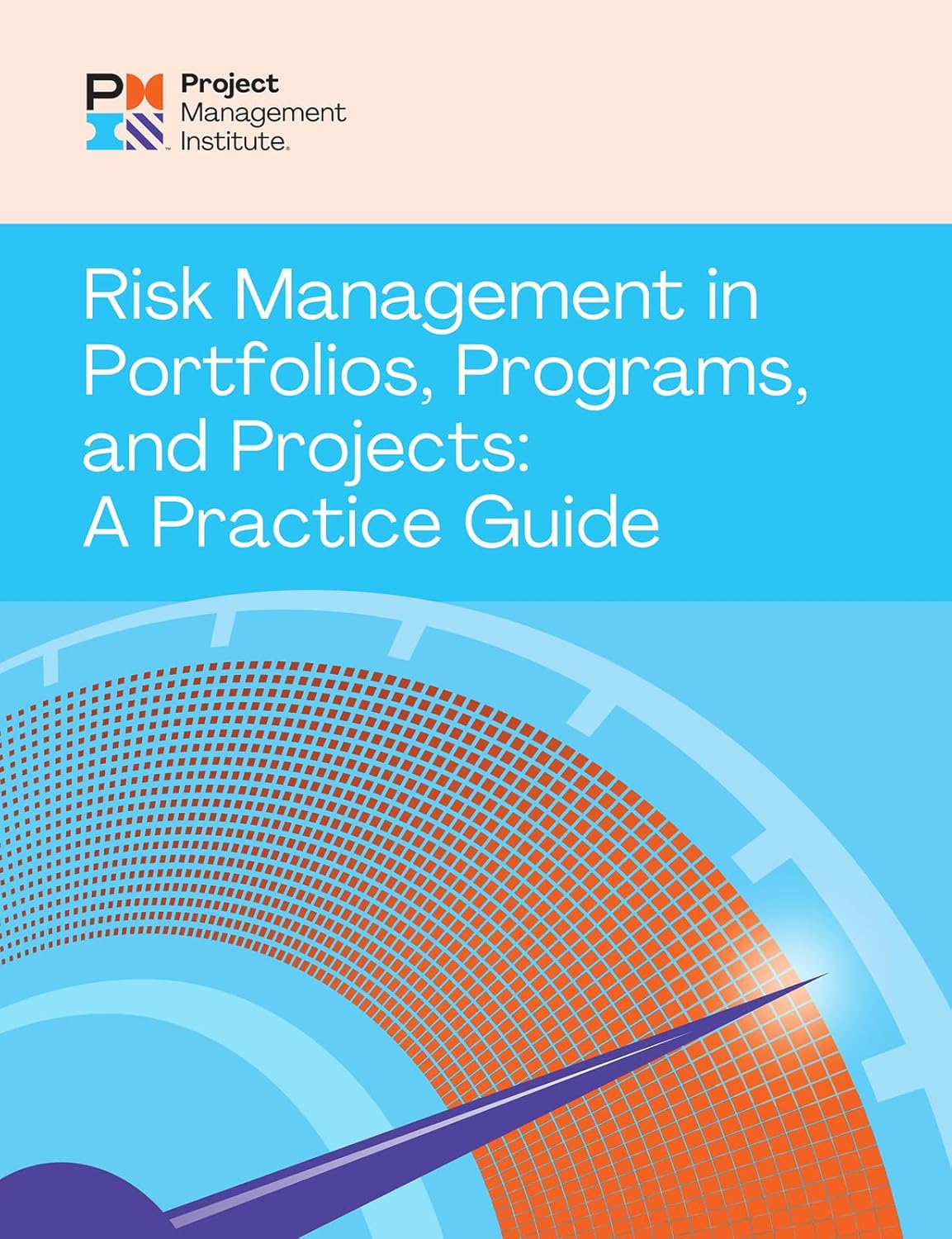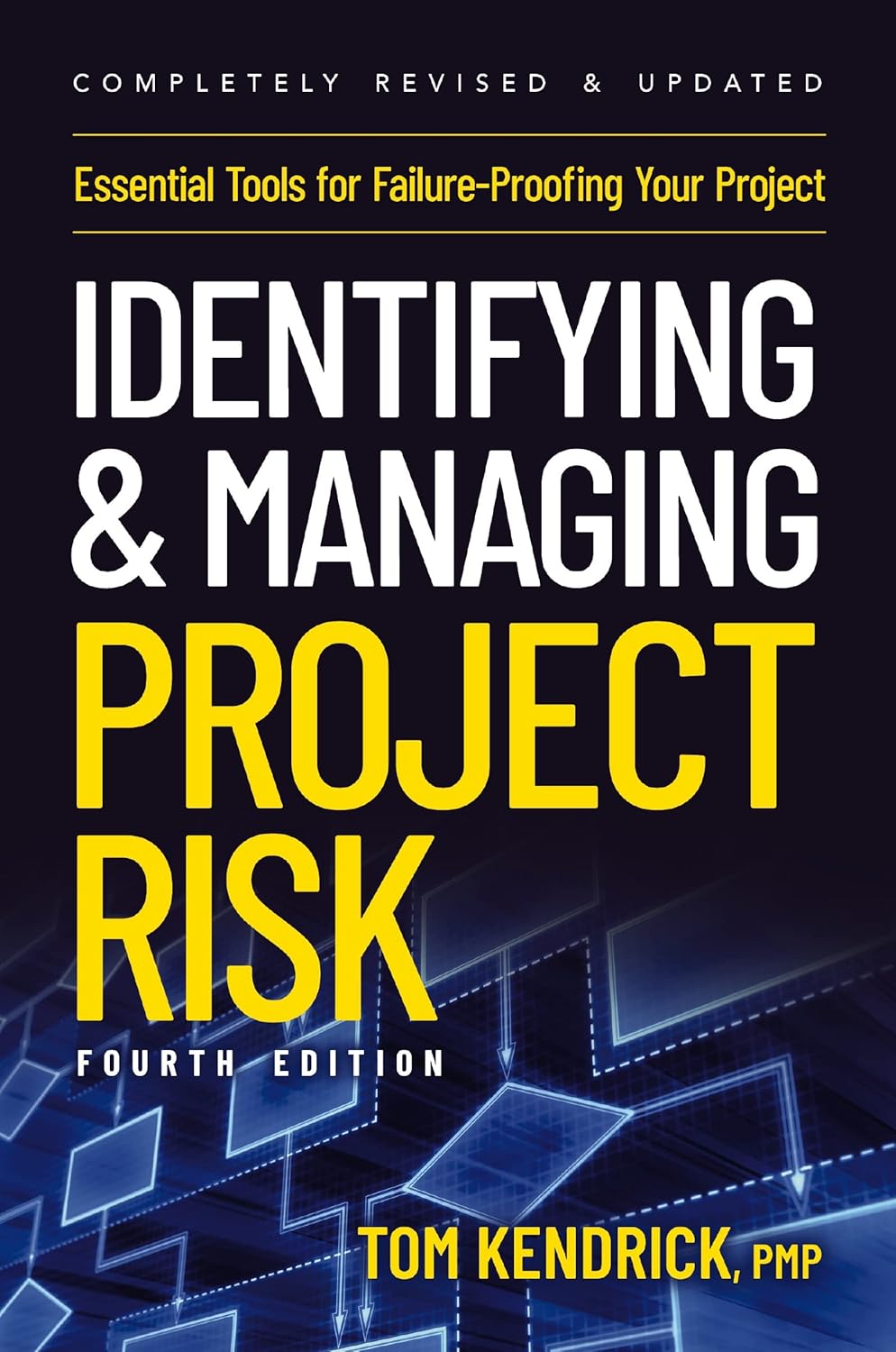
Project Risk Management
What is Project Risk Management?
Project risk management is the process of identifying, assessing, and responding to potential events or conditions that could positively or negatively impact a project’s objectives. These risks can impact scope, time, cost, or quality and may arise from various internal or external sources. The goal of this process is not to eliminate all risks, but to reduce the likelihood and impact of adverse events while maximizing opportunities for success. Project managers should integrate risk management into every phase of a project and treat it as a continuous, proactive activity.
Key Points
- Involves a structured approach to recognizing uncertainties that may influence project outcomes.
- Includes five key steps: risk identification, risk analysis, risk response planning, risk monitoring, and risk control.
- Encourages input from all project stakeholders to capture a full range of potential risks.
- Considers both threats and opportunities that may arise throughout the project lifecycle.
- Uses tools such as risk registers, probability-impact matrices, and SWOT analysis to support decision-making.
- Helps improve stakeholder confidence and decision quality by demonstrating foresight and preparedness.
Related Terms
- The risk register is a document used to record identified risks, their severity, and planned responses.
- A risk response plan outlines how the project team will address specific risks if they occur.
- The project management plan integrates risk management strategies with other key project components, including schedule and budget.
- A stakeholder analysis can reveal risks tied to stakeholder expectations or conflicts.
- Contingency planning prepares the team to manage identified risks without compromising the project’s progress.
Project Risk Management: Example
A project team developing a new mobile app identifies a risk that a key technology partner may delay delivery of critical software. The team documents the risk in the risk register, assessing its likelihood as high and its impact as severe. As a response, they negotiate secondary sourcing options and adjust the timeline to include buffer time. When a delay occurs, the team activates the response plan, thereby avoiding significant schedule disruption.
Project Risk Management: Best Practices
- Begin the process early during project planning and continue it throughout the project lifecycle.
- Engage the entire team and key stakeholders in risk discussions to gain multiple perspectives.
- Prioritize risks based on likelihood and potential impact, using both qualitative and quantitative analysis.
- Regularly update the risk register as new risks emerge or existing risks evolve.
- Review and revise response plans to ensure they remain realistic and actionable.
Additional Resources
Preparing for a PMI certification?
- Exam Prep Courses: PMP®, CAPM®, and PMI-ACP®
- Exam Simulators: PMP®, CAPM®, PMI-ACP®, PMI-PBA®, PMI-RMP®, PMI-SP®, PgMP®, and PfMP®
- Professional Development Units (PDUs): 15, 30, and 60 PDU Bundles




